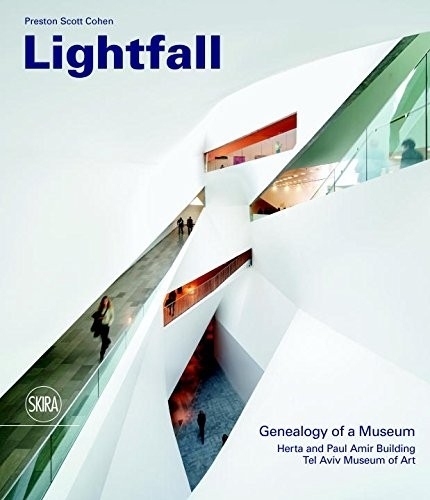
Lightfall: Genealogy of a Museum: Paul and Herta Amir Building, Tel Aviv Museum of Art
(Hardback)
Publishing Details
Lightfall: Genealogy of a Museum: Paul and Herta Amir Building, Tel Aviv Museum of Art
By (Author) Preston Scott Cohen
Skira
Skira
1st January 2017
Italy
Classifications
Tertiary Education
Non Fiction
727.6
Physical Properties
Hardback
192
Width 240mm, Height 280mm
1410g
Description
For architecture, the Tel Aviv Museum of Art's Paul and Herta Amir Building provides a new spatial and tectonic paradigm; for museology, it represents a new approach for resolving tensions between divergent cultural agendas. The Tel Aviv Museum of Art is an unusual synthesis of two opposing paradigms of the contemporary museum: the museum of neutral white boxes dedicated to aesthetic contemplation and the museum of architectural spectacle, a site of public excitation. Rather than being concentrated in a grand lobby or atrium, the public spaces of the building are dispersed, becoming sites for artistic interventions. A series of rectangular galleries are organized around the "lightfall", a twenty-six-meter tall spiraling atrium that organizes the building according to multiple axes that deviate significantly from floor to floor. The geometry and organization of the building stimulates curatorial imagination, proving that architectural and museological space can be simultaneously segregated, contiguous, and synthesized.
Author Bio
Preston Scott Cohen is the Gerald M. McCue Professor of Architecture at Harvard University Graduate School of Design. Dr. Eran Neuman earned a Ph.D. and an M.A. in architecture at the University of California, Los Angeles, and a B.A. in architecture at the Bezalel Art and Design Academy in Jerusalem.
